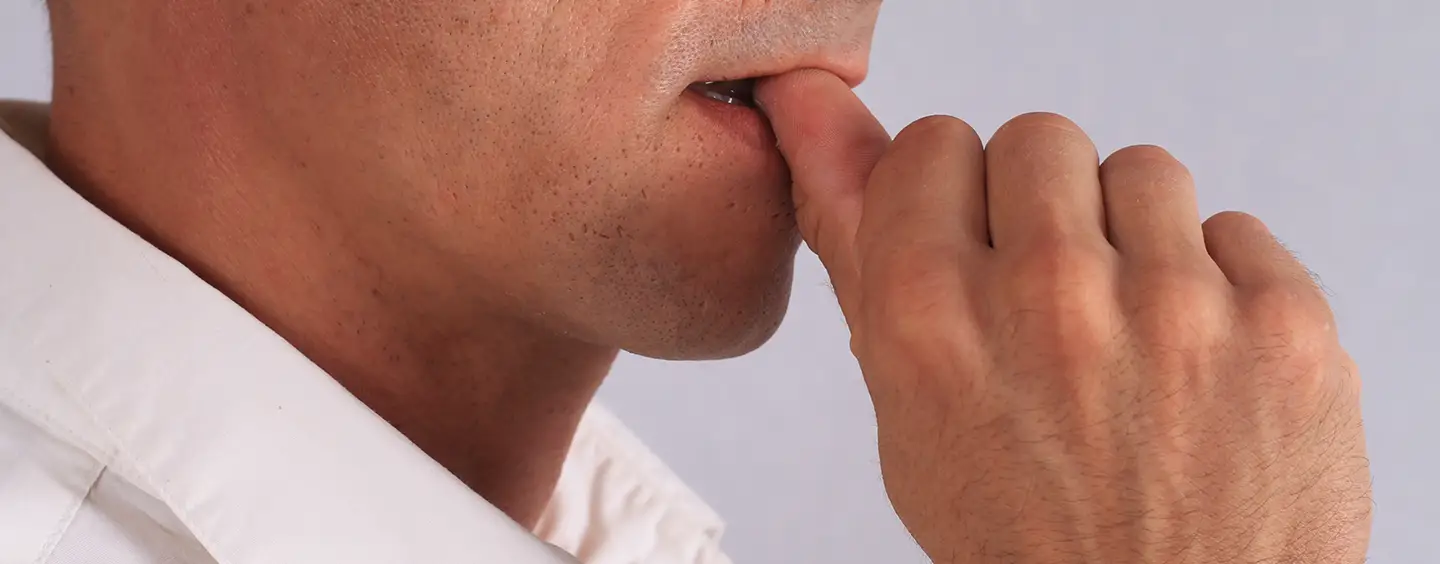Nail Biting (Onychophagia)
- Anxiety
- Depression
- Insomnia
- Irritable Bowel Syndrome (IBS)
- Stress Management
- Obsessive Compulsive Disorder (OCD)
- Anger Management
- Pain Management
- Post-Traumatic Stress Disorder (PTSD)
- Smoking Cessation
- Breaking Bad Habits
- Nail Biting (Onychophagia)
- Aches & Pain
- Fears & Phobias
- Self-Esteem, Confidence & Motivation
- Personal Development
- Emotional Eating
- Weight Loss
What is Nail Biting?
Nail Biting (Onychophagia) is often seen as a cosmetic issue, but it can escalate into a long-term behavioral problem. While onychophagia can start as a temporary and relatively non-destructive behavior, it may develop into a severe and persistent issue over time.
Understanding Onychophagia
Onychophagia, or nail biting, is classified as a pathological oral habit and a grooming disorder characterized by chronic, seemingly uncontrollable nail biting. This behavior can be destructive not only to the fingernails but also to the surrounding tissue. Along with other Body-Focused Repetitive Behaviors (BFRBs), onychophagia falls under the category of “Other Specified Obsessive-Compulsive and Related Disorder.” Nail biting often begins in early childhood, is most common during adolescence, and may continue into adulthood.
Factors Contributing to Nail Biting
Several factors can lead to nail biting, including:
- Distressful feelings of unease or tension before biting
- Feelings of relief or even pleasure after biting
- Feelings of shame, embarrassment, and guilt related to the physical damage caused by biting
- Tissue damage to fingers, nails, and cuticles
- Mouth injuries, dental problems, abscesses, and infections
- Complicated family and social relationships stemming from the behavior
Overcoming Nail Biting with GTRANCE
GTRANCE Solutions offer an effective approach to breaking the nail-biting cycle by addressing the underlying triggers and helping you form healthier habits. This method helps you replace destructive behavior with strategies that promote emotional balance and long-term well-being.

